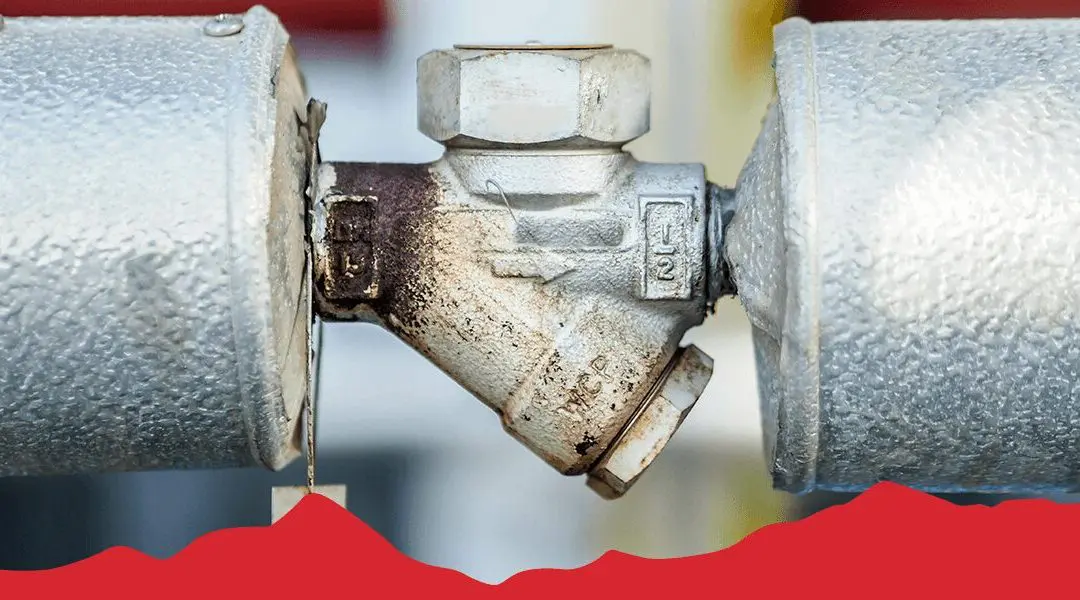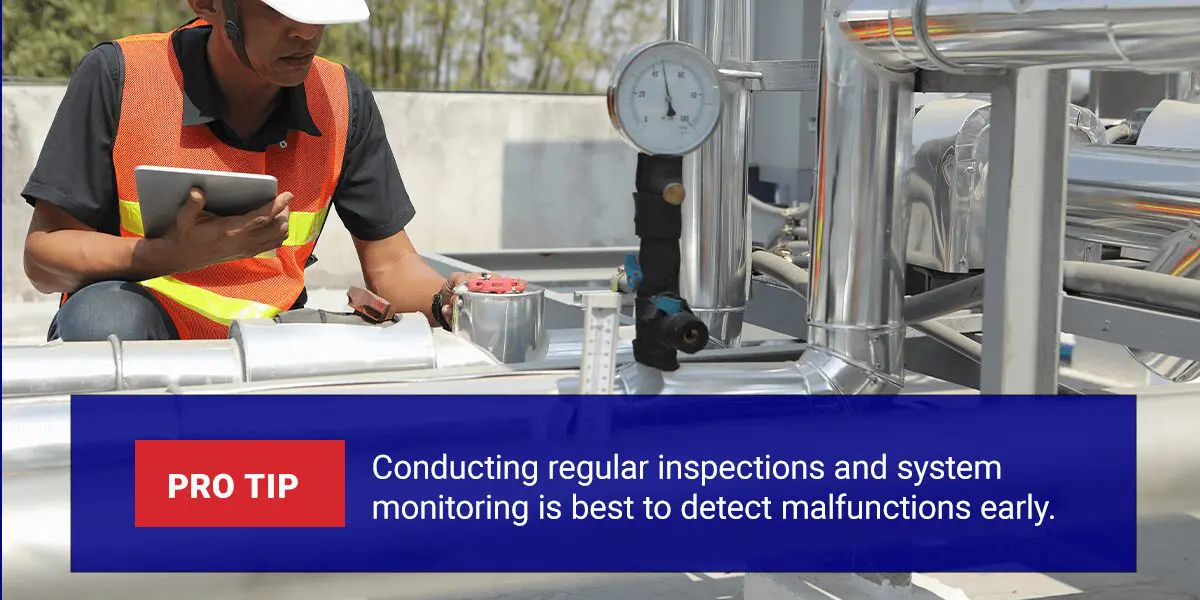- Contact Us
- Call Us
- Menu

Owners and operators of industrial facilities understand the high costs associated with steam trap failures. The often-overlooked component helps reduce fuel waste and production costs while improving overall system efficiency. Therefore, it’s crucial to invest in quality traps and ensure regular maintenance to increase their life span. This guide will address the common reasons why steam traps fail with practical solutions to mitigate unexpected damages.
Steam traps filter out condensate — condensed steam — and non-condensable gasses like air while preventing steam from escaping. They control energy loss, increase productivity and efficiency and keep the steam system running. Ultimately, the company generates more revenue while cutting costs.
Here are eight reasons why steam traps fail:
Steam traps have a life span like all other equipment. They deteriorate as the day goes by, even when they are unused. However, there are several ways to keep stream traps running longer. A classic example is investing in quality. Quality steam traps may cost more, but there are long-term benefits. They reduce downtime and maintenance costs, which can increase savings for most businesses.
Steam traps function optimally based on their ability to allow proper steam flow. Yet, there are instances when debris causes them to break or fail. Blockages affect condensate flow by obstructing an opening or a strainer screen. A practical solution is ensuring proper equipment usage at all times and routine cleaning and maintenance.
Proper steam trap installation can increase its operating life significantly, making it crucial to follow the recommended guidelines. For example, while some stream straps have built-in strainers, others require the installation of separate strainers. These components prevent rust and debris from entering the internal system to cause damage.
Another proper installation example applicable to thermodynamic steam straps is the installation of insulating caps to avoid chattering— rapid cycling — when used in extremely cold weather. This can save the disc and seat from wearing quickly.
Finally, sizing steam traps correctly is essential since undersized ones will likely fail faster. The common mistake to avoid is sizing steam traps based on condensate formed during the running mode. Instead, consider the start-up condensate formation load.
Feed water quality plays a vital role in a steam trap’s life span. For example, feed water with dissolved gasses like carbon dioxide or oxygen can cause corrosion — the presence of oxygen results in pitting. On the other hand, dissolved carbon dioxide in condensate creates carbonic acid, turning the condensate acidic. Proper feed water treatment can also prevent carryover, reducing the risk of steam trap failure.
Condensate pollution can result from multiple utility usage, boiler carryover or heat exchanger leaks. This causes the potential of hydrogen (pH) to reduce, turning the condensate acidic. Acidic condensates, in turn, corrode the internals of the steam straps and cause them to fail. A sound boiler water management system, including condensate testing, can help identify the source of contamination.
Stream traps are a small part of the overall system but must never be overlooked. There are different types for various applications, including:
Installing the correct kind can improve performance and extend the component’s operating life. Similarly, using the steam traps according to their specifications results in proper drainage. As a pro tip, conducting regular inspections and system monitoring is best to detect malfunctions early. Additionally, ensure the condensate return system operates at the appropriate temperature and pressure.

As with any other component, thorough and regular maintenance is critical to minimizing steam trap failures. Although it works with the plant, it’s advisable to create a separate maintenance calendar for the steam traps and follow it strictly. That helps mitigate unexpected breakdowns and replacement costs, considering that a failure can affect other parts of the system.
Pressure surges are caused by factors such as improper piping, sudden valve openings and trap misapplications. This results in a water hammer effect, which can damage the internal steam trap and other components. Inspecting the system regularly and using it according to the required capacity is essential.
Here are eight ways to prevent unexpected steam trap failures:
Below are answers to the frequently asked questions about steam trap failures:
The steam trap’s life span depends on various factors, such as quality, usage and maintenance. Regular and scheduled preventive maintenance can reduce failures significantly, just as correct use does. However, investing in quality traps is arguably the most vital consideration, especially for heavy-duty applications.
Broken steam traps are sometimes repairable, but it may be best to replace them if the damage is significant. Repairs can be cost-effective yet must be done with care. For example, if the body is still in good condition while only the internals are damaged, a repair could be the ideal solution. It’s best to contact a professional when in doubt.
There are many ways to diagnose bad steam traps. A simple technique is visually inspecting them for damage like gasket leaks or disconnected joints. Traps may also be tested by sound and temperature and, in some cases, by thermography for correct diagnosis.
Steam traps are a small part of steam plants but play a pivotal role. They control energy loss and keep the system running, increasing productivity and profitability. Therefore, inspecting and maintaining them regularly is crucial to avoid sudden failures and improve their life span. Investing in quality steam traps is also non-negotiable.
MSEC, Inc. is a leading distributor and service provider of industrial process equipment. The company has over 45 years of experience delivering high-quality, reliable products across various industries. Partnering with MSEC means access to superior expertise, customizable solutions and individual attention. Contact us today to learn more!